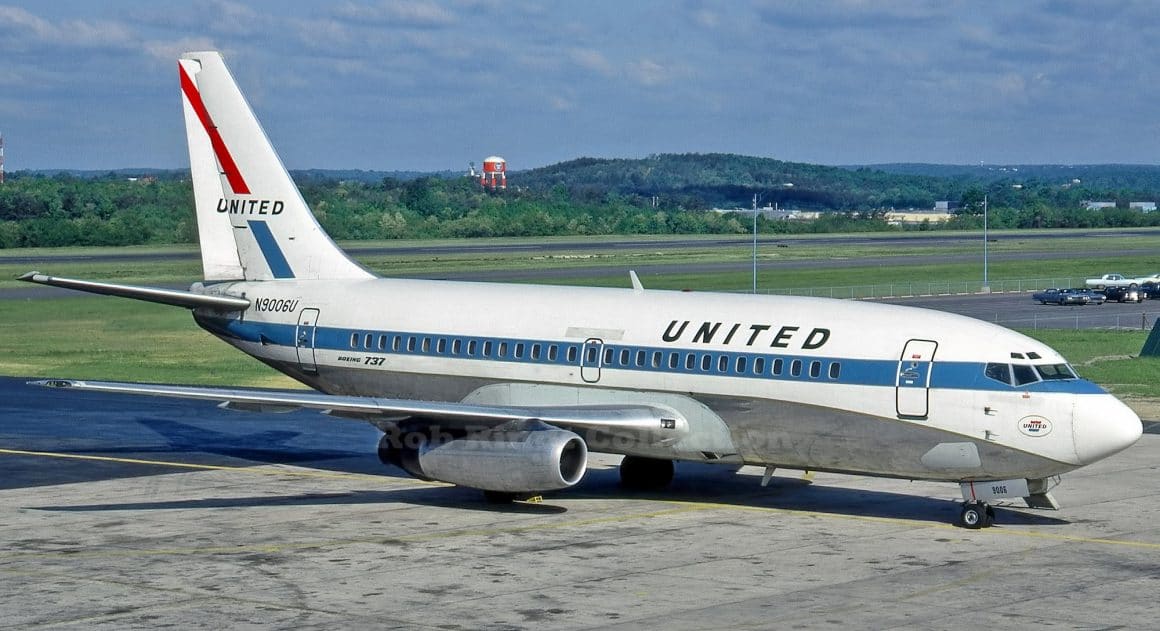Pilot’s Airplane
I loved flying the 737-200 as it was very responsive to control inputs and easy to trim. Later models for whatever reason never had the tight feel of the flight controls that the 737-200 did. Think of going from a Triumph to your dad’s Buick. She was quite easy to land consistently well once you learned how to do the “roll-on”.
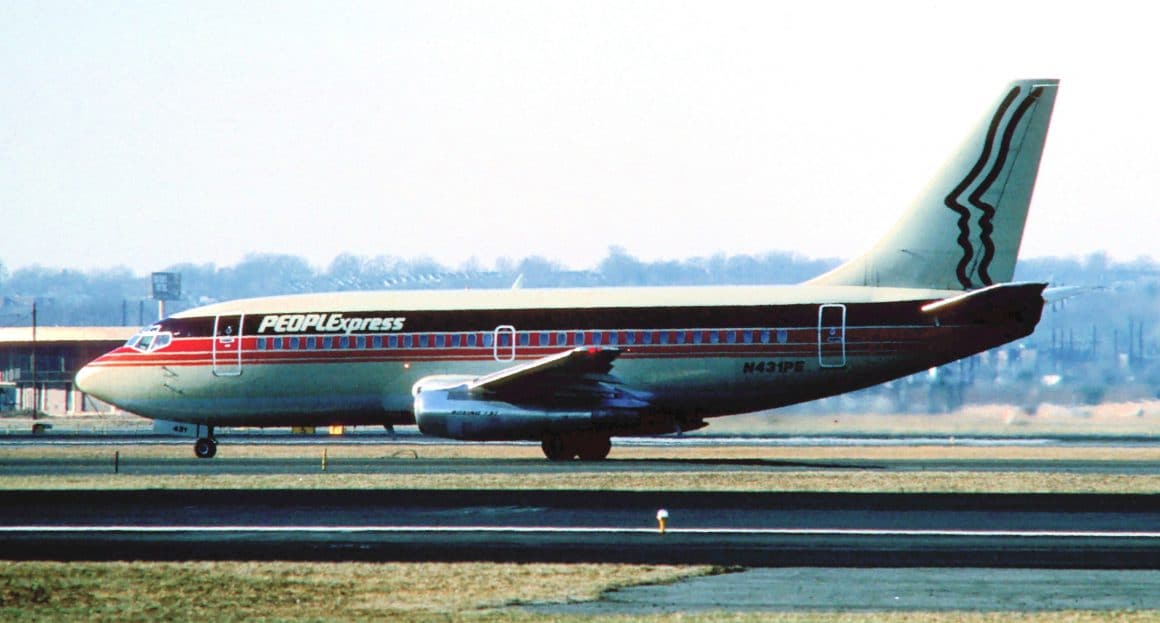
The roll-on was accomplished by executing a slightly aggressive flare just before touching down at about 5 feet altitude and then releasing back pressure on the yoke just as the aircraft touches down. Done correctly, there would be nearly no perceivable thump at touchdown, just the appearance of runway rumble. It was quite impressive.
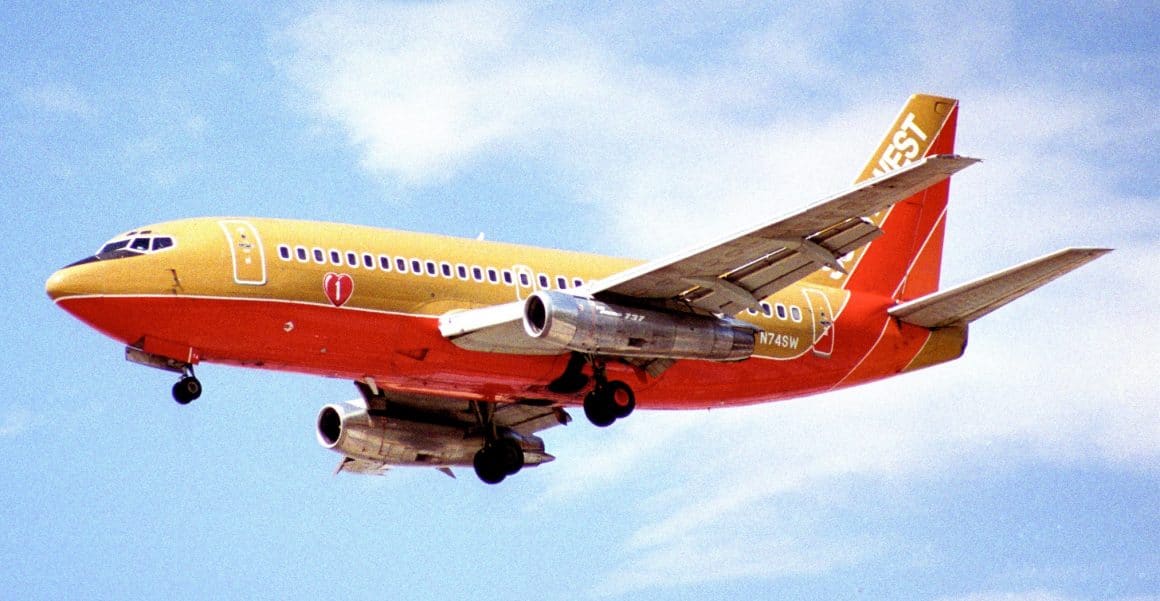
The “science” behind the roll-on was that the landing gear are aft of the center of lift. What this means is that the release of back pressure on the yoke actually caused the landing gear to touch down at less vertical velocity than the aircraft overall as the plane was now rotating forward around the center of lift. The only problem with this technique was that if you screwed it up, you really knew it. Time it wrong and the gear will hit the runway at a vertical speed greater than the aircraft as a whole resulting in a really hard touchdown.

Back in those days you might get a flight attendant to come up who had refastened her bra around her waist to drive home the critique of a hard landing.
Day VFR
As I mentioned, the 737-200 was a pleasure to fly. The caveat was that this was only on nice or “visual flight rules” (VFR) days. She was not much fun in the weather for many different reasons. As I mentioned above, using the anti-ice tended to kill climb performance, but there were other problems.
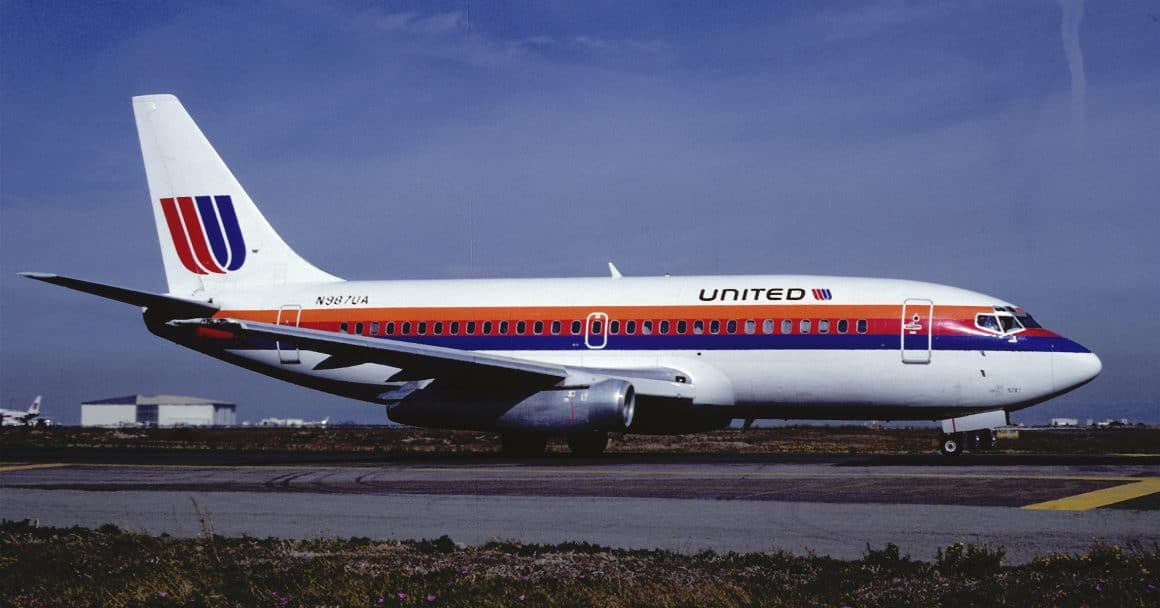
The radar was close to useless in many cases due to its inadequate stabilization. The weather radar on an airliner is designed to allow pilots to avoid thunderstorms. It does this by bouncing radio waves off of relatively thick storm clouds. The radar antenna has to be stabilized in relation to the horizon because when the aircraft is in a bank, the radar would only see ground returns. For whatever reason, the stab on those radar just didn’t work right which meant a screen filled with red ground returns whenever the airplane was turning. Thankfully that problem was fixed in later models.
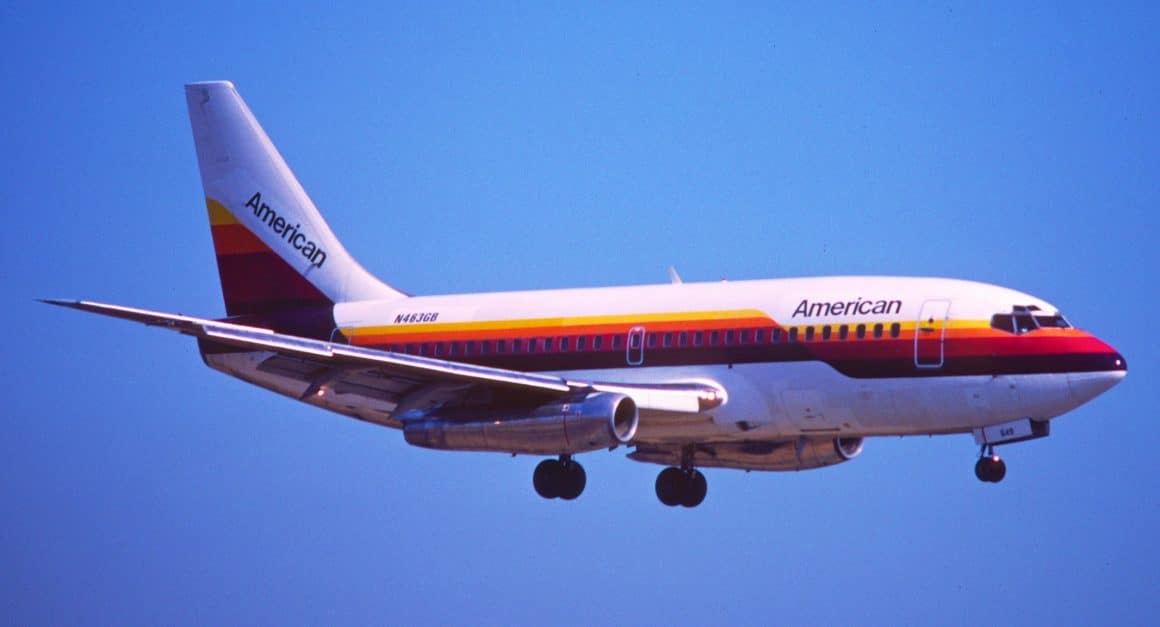
Another annoying issue was that only the captain’s instruments could be tied into the autopilot in order to fly a “coupled” approach on our models. That meant that first officers had to ask the captain to set up their radios when the first officer was flying an approach. It seems crazy, but some captains would be put out by such a request. That problem went away after I upgraded to the left seat. After that, I always got to fly with my favorite jerk.
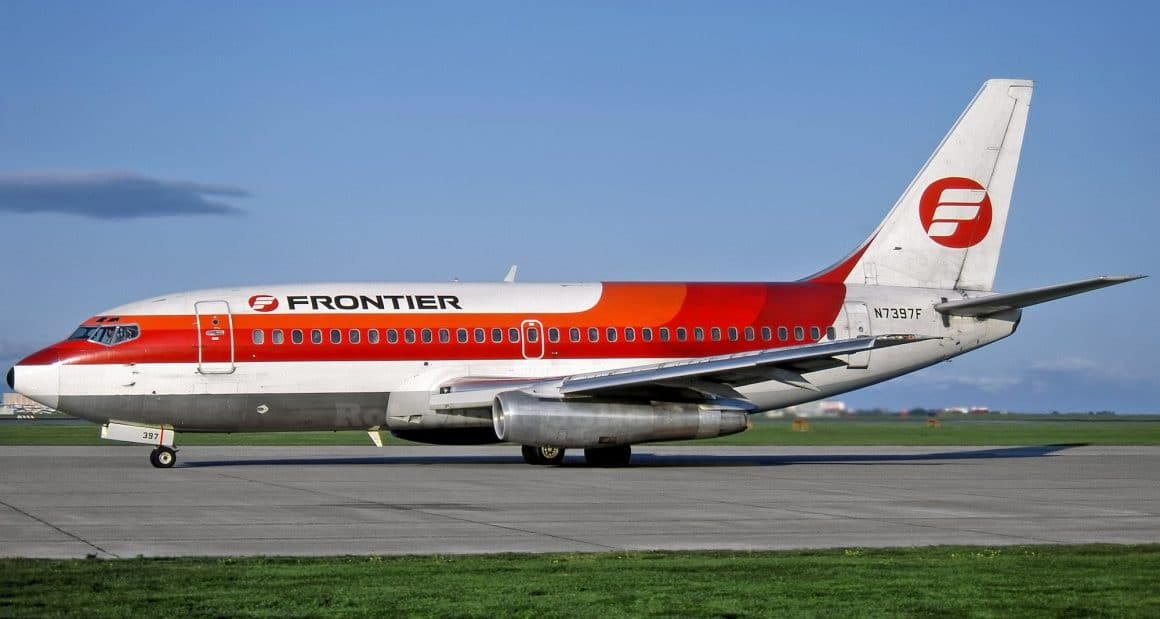
One fun feature of the autopilot is that when it was turned off, it would make a small click whenever the controls were moved out of the neutral position. Pilots of course would then use this “scoring” system to bet for beers by who could fly an approach generating the fewest clicks.
